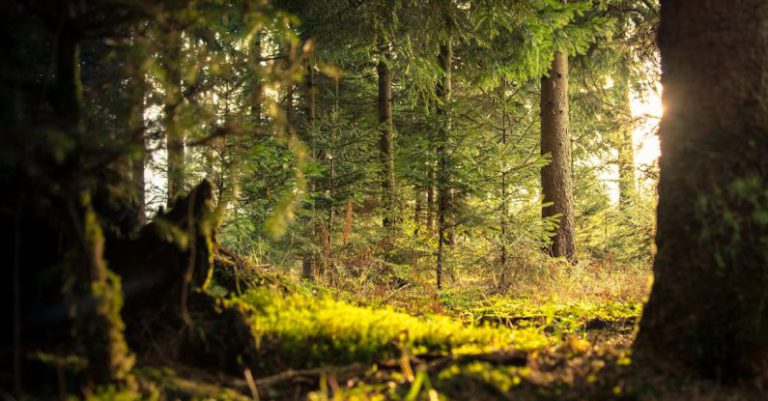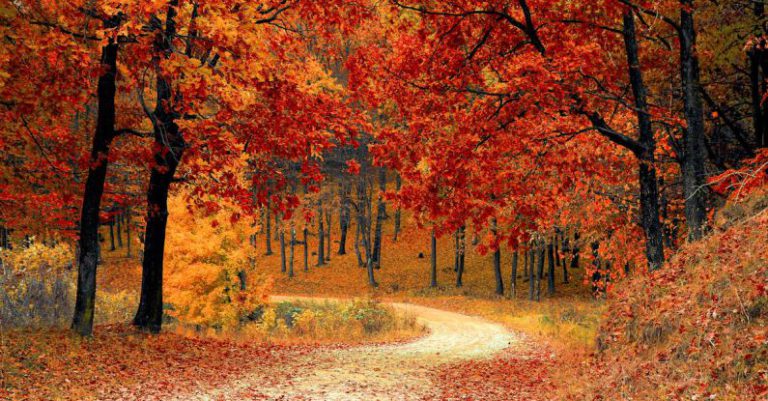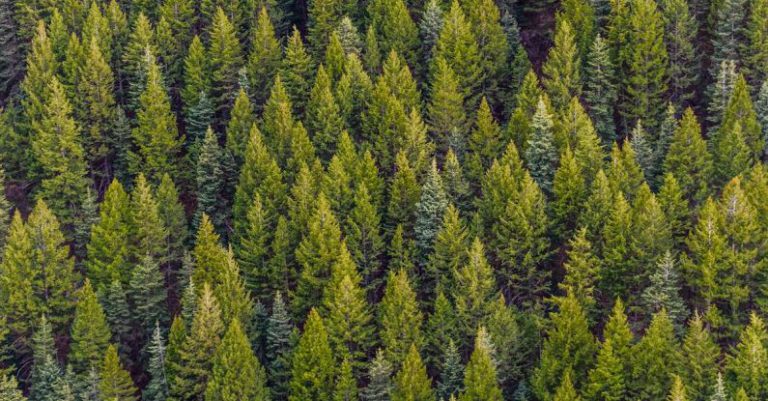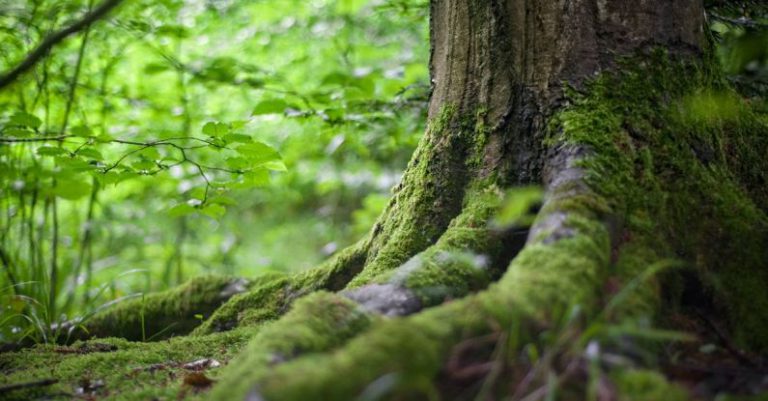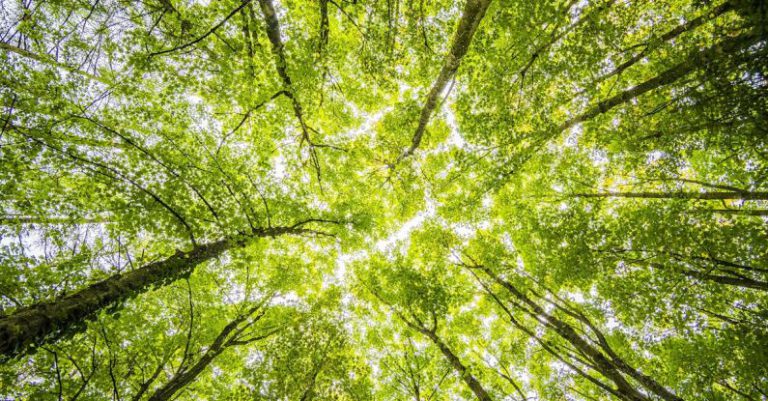
Forests are diverse ecosystems that cover a significant portion of the Earth’s landmass. They play a crucial role in maintaining biodiversity, regulating the climate, and providing essential resources for humans and wildlife. Understanding the different types of forests is essential for conservation efforts and sustainable management practices. By identifying various forest types, we can better appreciate their unique characteristics and the importance of preserving them for future generations.
Tropical Rainforests
One of the most well-known types of forests is the tropical rainforest. These lush and dense forests are located near the equator and receive high amounts of rainfall throughout the year. Tropical rainforests are characterized by their incredible biodiversity, with a wide variety of plant and animal species coexisting in a complex ecosystem. These forests are home to iconic species such as jaguars, toucans, and sloths. The Amazon Rainforest in South America is the largest tropical rainforest in the world, covering an area of approximately 6.7 million square kilometers.
Temperate Forests
Temperate forests are found in regions with moderate climates and distinct seasons. These forests are dominated by deciduous trees that shed their leaves in the fall. Temperate forests are common in North America, Europe, and parts of Asia. The biodiversity of temperate forests is lower than that of tropical rainforests, but they still support a wide range of plant and animal species. Trees such as oak, maple, and beech are characteristic of temperate forests.
Boreal Forests
Boreal forests, also known as taiga, are found in the northern regions of the world, including Canada, Russia, and Scandinavia. These forests are characterized by their cold temperatures and coniferous trees such as spruce, fir, and pine. Boreal forests have a relatively low biodiversity compared to other forest types, but they are important habitats for species adapted to harsh, cold climates. Animals like moose, wolves, and bears thrive in the boreal forest ecosystem.
Montane Forests
Montane forests are found in mountainous regions at high elevations. These forests are influenced by factors such as altitude, slope, and exposure to sunlight. Montane forests exhibit a unique biodiversity, with species adapted to the challenging conditions of mountain environments. Trees in montane forests may be stunted and twisted due to the harsh climate. The Andean cloud forests in South America and the Himalayan forests in Asia are examples of montane forest ecosystems.
Mangrove Forests
Mangrove forests are coastal ecosystems found in tropical and subtropical regions. These forests grow in saline or brackish water and are adapted to thrive in flooded conditions. Mangrove forests provide essential habitat for a variety of marine and bird species, including fish, crabs, and migratory birds. The intricate root systems of mangrove trees help stabilize coastlines and protect against erosion. Mangrove forests are under threat from coastal development and climate change, making conservation efforts crucial for their survival.
Identifying Forest Types
When identifying different types of forests, several factors can help distinguish one from another:
– Climate: The climate of a region plays a significant role in determining the type of forest that grows there. Tropical rainforests thrive in hot and humid conditions, while boreal forests are adapted to cold climates.
– Vegetation: The types of trees and plants present in a forest can provide clues about its classification. Deciduous trees are common in temperate forests, while coniferous trees dominate boreal forests.
– Biodiversity: The variety of plant and animal species in a forest can indicate its ecological significance. Tropical rainforests are known for their high biodiversity, while boreal forests have a lower species richness.
– Geographic Location: The location of a forest, whether it is near the equator, at high altitudes, or along coastlines, influences its characteristics and the species that inhabit it.
By considering these factors and observing the physical characteristics of a forest, we can accurately identify its type and appreciate the unique ecosystems that exist around the world.
Preserving Forest Diversity
Conservation efforts are crucial for protecting the diversity of forest ecosystems. Deforestation, climate change, and habitat destruction pose significant threats to forests worldwide. By raising awareness about the importance of forests and implementing sustainable management practices, we can help safeguard these vital ecosystems for future generations. Protecting forests not only benefits wildlife and biodiversity but also contributes to the health and well-being of the planet as a whole.
In conclusion, forests are complex and diverse ecosystems that play a vital role in supporting life on Earth. By understanding the different types of forests and the factors that distinguish them, we can better appreciate their value and work towards their conservation. Identifying forest types allows us to recognize the unique characteristics of each ecosystem and the importance of preserving them for the benefit of all living beings. Let us continue to explore, learn, and protect the rich tapestry of forests that cover our planet.
